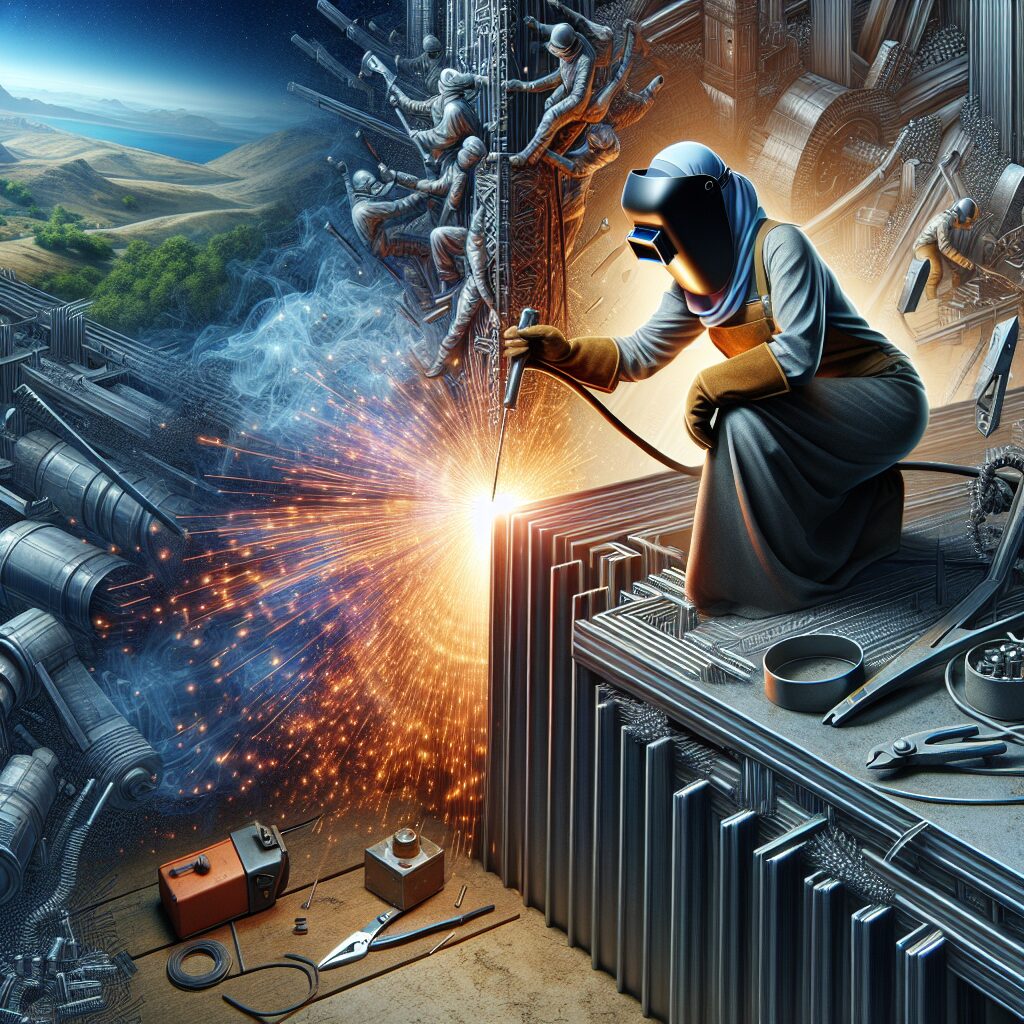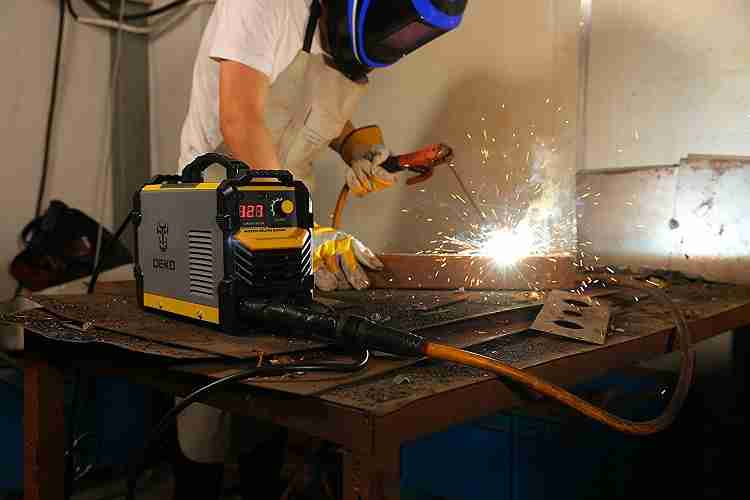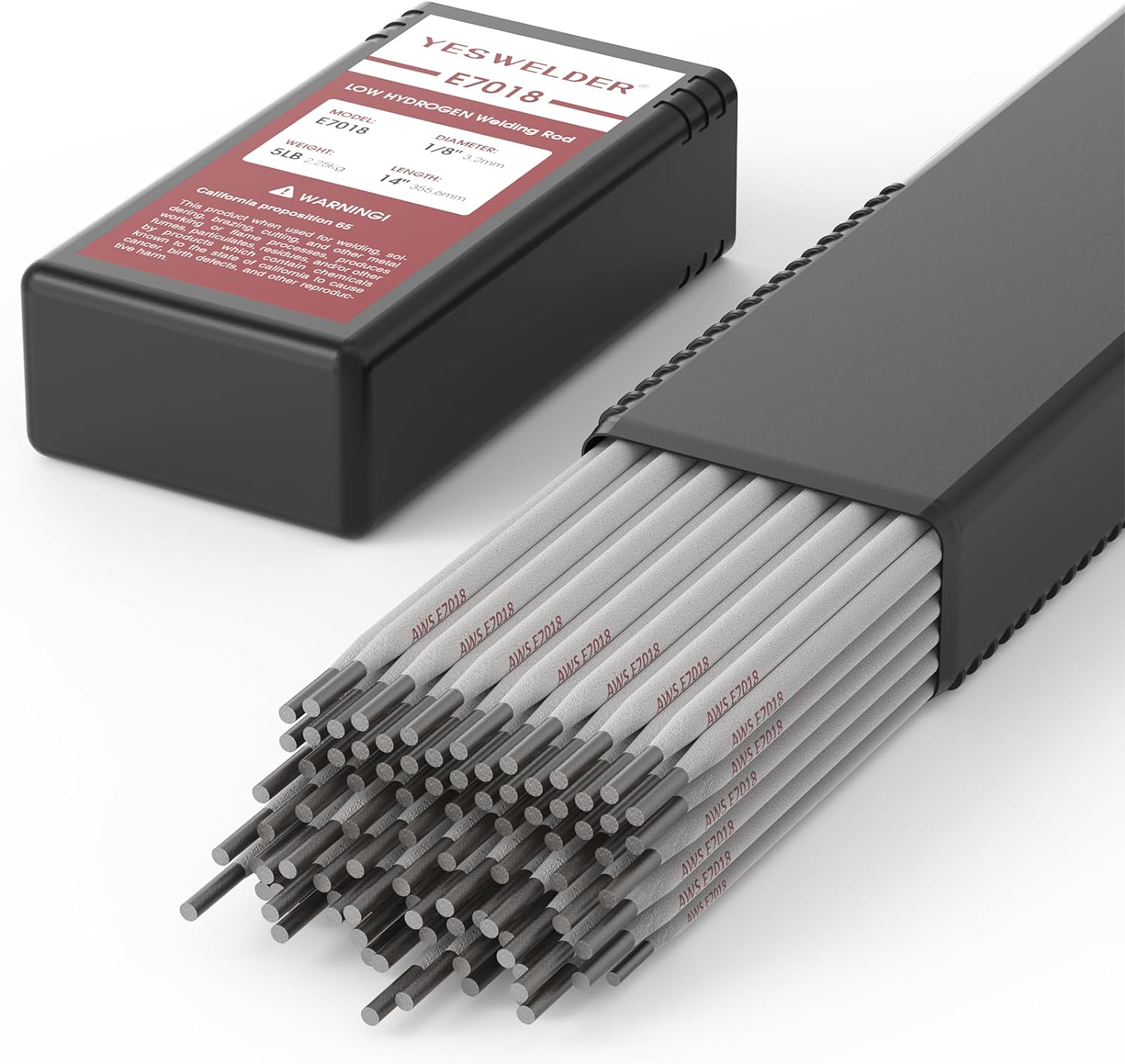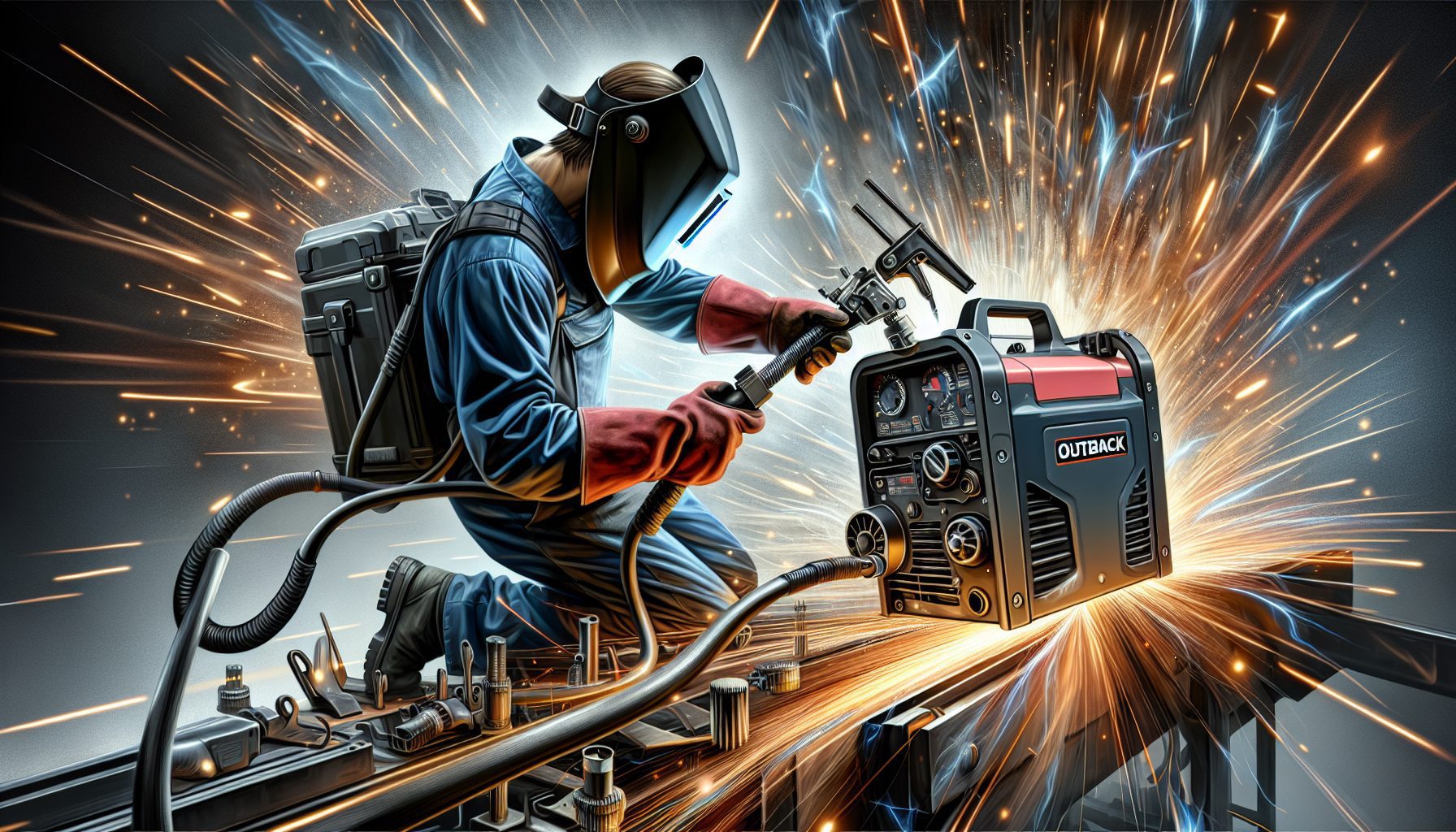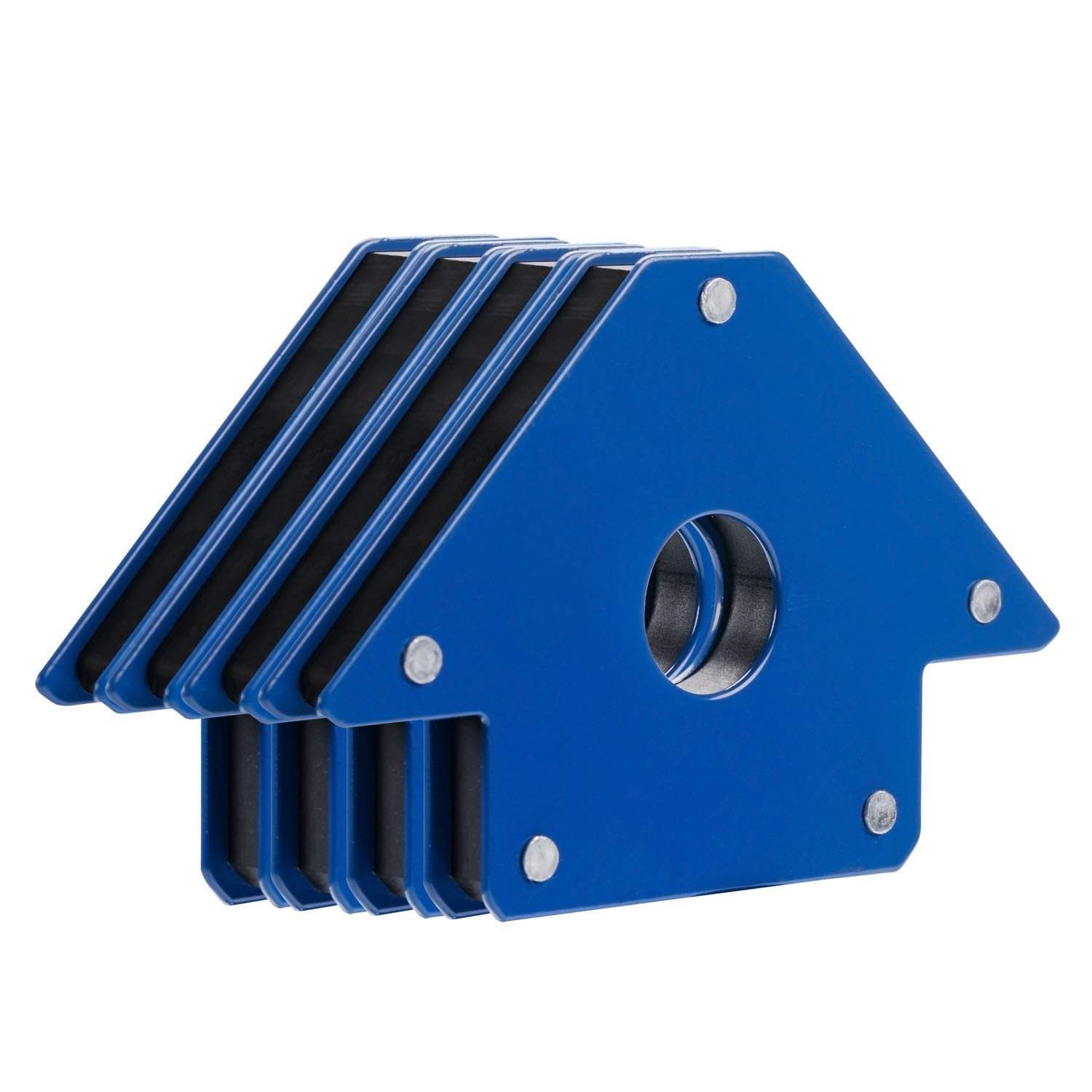In the world of welding, avoiding warpage is a common concern for welders of all experience levels. As you embark on your welding journey, understanding the factors that contribute to warpage and adopting preventative measures can make all the difference. By considering factors such as material thickness, heat management, and welding techniques, you can ensure that your welds stay strong and your finished projects remain flat and true. In this article, we will explore practical strategies and tips to help you prevent warpage when welding, allowing you to achieve professional-quality results with confidence and precision.
Choosing the Right Welding Technique
Understanding the Different Welding Techniques
When it comes to welding, there are several techniques that you can choose from, each suited for specific situations. Some of the most commonly used welding techniques include MIG (Metal Inert Gas) welding, TIG (Tungsten Inert Gas) welding, and stick welding. MIG welding is known for its versatility and ease of use, making it a popular choice for beginners. TIG welding, on the other hand, offers superior precision and control, making it suitable for more intricate projects. Stick welding, also known as shielded metal arc welding, is a reliable and cost-effective method commonly used for construction and repair work. By understanding the different welding techniques available, you can choose the one that best suits your needs.
Assessing the Material and Joint Design
Before diving into the welding process, it is essential to assess the material and joint design that you will be working with. Different materials, such as steel, aluminum, and stainless steel, have varying characteristics and require specific welding techniques. Understanding the properties of the material will help you select the appropriate welding technique and ensure a strong and durable weld. Additionally, assessing the joint design, whether it is a butt joint, lap joint, or corner joint, will influence the welding method and considerations such as heat input and distortion control.
Selecting the Appropriate Welding Technique
Once you have assessed the material and joint design, it’s time to select the welding technique that best fits the requirements of your project. Consider factors such as the material thickness, desired weld quality, and efficiency. For thinner materials, MIG welding can provide excellent results with minimal heat input. Conversely, TIG welding offers precise control and is ideal for applications that demand aesthetic appeal and high-quality welds. By carefully selecting the appropriate welding technique, you can ensure optimal results and avoid potential issues such as warpage or weak weld joints.
Controlling Heat Input
Optimizing Welding Speed
Controlling heat input is crucial in preventing warpage during welding. One effective method of achieving this is by optimizing welding speed. The faster you move the welding torch, the less time the heat has to accumulate in the base metal, minimizing the risk of warping. However, it is important to find the right balance between speed and quality. Welding too quickly might compromise the strength and fusion of the weld. It is crucial to practice and find the optimal welding speed for each project, considering factors such as material type, thickness, and joint design.
Monitoring and Controlling Welding Parameters
Another essential aspect of controlling heat input is monitoring and controlling the welding parameters. Variables such as voltage, amperage, and wire feed speed can significantly affect the heat generated during welding. It is crucial to set these parameters correctly based on the material and joint being welded. A higher voltage or amperage setting can lead to excessive heat and potential warpage. Regularly monitoring the welding parameters and making necessary adjustments ensures consistent and controlled heat input, minimizing the risk of distortion.
Preheating the Material
Preheating the material before welding can also help prevent warpage. Preheating reduces the temperature differential between the weld zone and the surrounding material, minimizing thermal stresses. This technique is particularly beneficial when working with materials that are prone to distortion, such as thick steel plates. Preheating can be accomplished using various methods, such as flame heating or induction heating. By adequately preheating the material, you create an environment that allows for a more controlled and stable welding process, reducing the chances of warpage.
Proper Welding Equipment Setup
Ensuring Proper Grounding and Electrical Connections
To achieve optimal welding results and prevent warpage, it is crucial to ensure proper grounding and electrical connections of your welding equipment. A good electrical connection ensures a consistent and reliable arc, reducing the risk of inconsistent welds and potential distortion. Make sure that the grounding clamp is securely attached to the workpiece and that the cables are in good condition. Faulty or loose connections can lead to an erratic arc, resulting in uneven welds and increased heat input, which can contribute to warpage.
Maintaining Correct Polarity
Maintaining the correct polarity is another essential aspect of proper welding equipment setup. Depending on the welding process and electrode used, you may need either direct current electrode negative (DCEN) or direct current electrode positive (DCEP). Different materials and electrodes require specific polarity for optimal welding performance. Using the wrong polarity can affect the penetration and heat distribution, potentially leading to distortion or inadequate fusion. Always refer to the welding machine’s user manual and electrode manufacturer’s recommendations to ensure the correct polarity setup.
Using the Right Welding Machine Settings
Setting up your welding machine correctly is crucial for preventing warpage and achieving high-quality welds. Adjusting welding parameters such as voltage, amperage, and wire feed speed based on the material thickness and joint design is important. Setting the voltage and amperage too high can result in excessive heat input, increasing the risk of warpage. On the other hand, setting them too low may lead to improper fusion and weak welds. Finding the right settings may require trial and error, but with practice and understanding of the welding process, you can achieve optimal machine settings for each project.
Choosing the Correct Electrode
Understanding Electrode Types and Their Applications
Choosing the correct electrode is essential for producing strong and durable welds. Electrodes come in various types, each designed for specific applications and materials. For example, E6010 electrodes are ideal for pipe welding and vertical-up positions, while E7018 electrodes are known for their all-position welding versatility. By understanding the characteristics and applications of different electrode types, you can select the right one for your project, minimizing the risk of warpage and ensuring the desired weld quality.
Selecting Electrode Diameter and Composition
In addition to electrode type, selecting the appropriate electrode diameter and composition is crucial in preventing warpage during welding. The electrode diameter should match the thickness of the base metal, allowing for proper penetration and fusion. Using an electrode that is too large can result in excessive heat input and potential distortion, while using an electrode that is too small may lead to insufficient penetration and weak welds. Additionally, consider the composition of the electrode, such as whether it is intended for use with direct current (DC) or alternating current (AC). Matching the electrode composition to the welding process will help achieve consistent and controlled heat input.
Considering Flux and Gas Options
Some welding processes, such as flux-cored arc welding or gas metal arc welding, require the use of flux or shielding gas. Flux and gas serve important purposes, such as preventing oxidation and contamination of the weld pool. It is crucial to select the correct flux or shielding gas for your welding application, considering factors such as material type and desired weld quality. Different fluxes and gases have varying heat characteristics, and choosing the wrong one can lead to warpage or inferior welds. Consult with welding professionals or refer to manufacturer guidelines to determine the appropriate flux or gas option for your specific project.
Using Adequate Welding Jigs and Fixtures
Understanding the Benefits of Welding Jigs and Fixtures
Welding jigs and fixtures are invaluable tools that can greatly enhance the welding process and help prevent warpage. They provide a stable and secure platform for holding the workpiece in place during welding, ensuring accurate alignment and minimizing distortion. Welding jigs and fixtures also simplify repetitive welding tasks, increasing productivity and reducing the risk of human error. By utilizing these tools, you can achieve consistent and precise welds, reducing the chances of warping caused by improper workpiece positioning or movement.
Using Jigs to Secure the Workpiece
One of the primary advantages of welding jigs is their ability to securely hold the workpiece in position during welding. This prevents the workpiece from shifting or moving during the welding process, maintaining proper alignment and minimizing the potential for warpage. Jigs can be custom-made or purchased commercially, depending on the complexity of the project. They are particularly useful when working with large or irregularly shaped workpieces that are challenging to hold manually. By effectively utilizing welding jigs, you can ensure a stable workpiece setup and reduce the risk of distortion.
Applying Proper Clamping Techniques
In addition to welding jigs, proper clamping techniques are essential for preventing warpage during welding. Clamps can be used to hold the workpiece firmly in place and ensure that it remains stationary throughout the welding process. Properly applied clamps distribute pressure evenly across the workpiece, minimizing the risk of distortion due to excessive localized stress. When selecting clamps, ensure they are suitable for the material being welded and the joint design. Improperly applied or incorrect clamps can cause distortion or interfere with the welding process. By using appropriate clamping techniques, you can maintain the desired workpiece position and reduce the likelihood of warpage.
Avoiding Overwelding
Understanding the Consequences of Overwelding
Overwelding occurs when more weld material is deposited than necessary for a specific joint, resulting in excess heat input and potential warpage. It is important to understand the consequences of overwelding, as it can weaken the overall structure of the weld and increase the risk of distortion. Overwelding can also lead to excessive buildup of weld material, which may require additional grinding or machining to achieve the desired dimensions. By avoiding overwelding, you can minimize heat input, reduce the chances of warpage, and ensure a more efficient and cost-effective welding process.
Applying Correct Weld Size and Length
To avoid overwelding, it is crucial to apply the correct weld size and length for each joint. Weld size refers to the dimensions of the weld bead, including its width, height, and penetration depth. The size of the weld should match the requirements of the joint design and material thickness. Weld length, on the other hand, refers to the total length of the weld bead. Applying a weld length that is longer than necessary can increase heat input and potential distortion. By accurately determining the appropriate weld size and length, you can minimize the risk of overwelding and achieve strong, durable welds.
Avoiding Excessive Build-Up of Weld Material
Excessive build-up of weld material can contribute to distortion and warping, particularly in thick materials. Welds that are too bulky or protrude too far from the surface can create added stress and increase the likelihood of warpage. It is important to control the thickness and profile of the weld bead, ensuring that it remains within the required specifications. Proper welding technique, including proper travel speed and amperage, can help prevent excessive build-up of weld material. Regularly inspect the weld bead and make adjustments as necessary to avoid overbuilding and potential warpage.
Performing Proper Cooling Techniques
Using Water or Air Cooling Methods
Proper cooling techniques are essential to minimize the risk of warpage during and after welding. Depending on the material and welding process, you can use water or air cooling methods to control the post-weld heat. Water cooling involves the use of water jackets or cooling systems to cool down the weld area rapidly. This is particularly effective for high-heat welding processes such as TIG or plasma welding. Air cooling, on the other hand, involves allowing the weld to cool naturally by ambient air circulation. This method is commonly used for lower-heat welding processes such as MIG or stick welding. By implementing the appropriate cooling method, you can reduce the chances of warpage caused by excessive heat buildup.
Applying Post-Weld Heat Treatment
In some cases, post-weld heat treatment may be necessary to relieve residual stress and prevent warpage. Heat treatment techniques such as stress relieving or annealing involve controlled heating and cooling of the welded structure. This process helps redistribute internal stresses, improve the overall strength and integrity of the weld, and reduce the risk of distortion. The specific heat treatment method and parameters will depend on the material type and welding process used. Consulting with professionals or referring to industry guidelines can provide valuable insights into the appropriate post-weld heat treatment for your project.
Avoiding Unnecessary Heat Exposure
When performing welding tasks, it is essential to minimize unnecessary heat exposure to the base metal and surrounding areas. Excessive heat can lead to localized overheating and potential warping. To avoid this, ensure that the welding torch or electrode stays in the designated weld zone and does not linger in one area for extended periods. Additionally, use heat shields or heat-reflective materials to protect adjacent components or areas that are sensitive to heat. By effectively managing heat exposure during welding, you can reduce the chances of warpage and maintain the integrity of the surrounding materials.
Minimizing Distortion through Weld Sequence
Understanding the Impact of Weld Sequence on Distortion
Weld sequence plays a significant role in minimizing distortion during welding. The order in which welds are made can affect the distribution of heat and stress throughout the structure. Starting the welding process at one end and progressing systematically in a controlled manner can help manage the accumulation of heat and minimize distortion. Understanding the impact of weld sequence on distortion is critical to achieving more balanced and stable welds, reducing the risk of warping. Consider factors such as joint design, material thickness, and accessibility when planning the welding sequence.
Applying Sequential Welding Techniques
Sequential welding techniques involve dividing a complex weld into smaller, more manageable sections. By completing each section before moving on to the next, you can control heat input and minimize the chances of distortion. Sequential welding is particularly effective for long welds or joints with limited accessibility. It allows for better control over the welding process and reduces the overall accumulated heat in the base metal, consequently minimizing the risk of warpage. When employing sequential welding techniques, ensure proper tack welds and fit-up alignment to maintain the desired joint integrity.
Utilizing Back Stepping or Skip Welding
Back stepping or skip welding is another effective method for minimizing distortion. These techniques involve welding a short section of a joint, then moving backward or skipping ahead to another section. By alternating the welding direction, heat is distributed more evenly throughout the structure, reducing the concentration of heat in one area. Back stepping or skip welding is particularly beneficial for joints with limited access, thin materials, or critical applications where distortion must be minimized. When utilizing these techniques, pay attention to the welding sequence and ensure proper coordination to maintain overall joint integrity.
Implementing Pre- and Post-Welding Techniques
Cleaning and Preparing the Weld Area
Proper cleaning and preparation of the weld area are crucial to prevent contamination and achieve optimal weld quality, minimizing the risk of warpage. Remove any dirt, rust, or old paint from the surface of the base metal using wire brushes, grinders, or chemical cleaners. Ensure that the joint edges are clean and free from any debris that may interfere with proper fusion. Preparing the weld area also involves proper fit-up and alignment of the workpieces. Accurate fit-up ensures that the welding process can be performed smoothly, reducing the risk of distortion caused by misalignment or poor joint preparation.
Using Tack Welds and Welding Fixtures
Tack welds and welding fixtures are valuable tools to help secure the workpieces in position during welding, ensuring proper alignment and minimizing distortion. Tack welds are small, temporary welds that hold the workpieces together before the final welding process. They allow for adjustments and proper fit-up before committing to a full weld. Welding fixtures, as mentioned earlier, provide stability and support to the workpiece during welding, reducing the risk of movement and unwanted distortion. By utilizing tack welds and welding fixtures, you can achieve accurate alignment and minimize warpage during the welding process.
Applying Post-Weld Straightening Methods
Even with careful planning and execution, some degree of distortion may occur during welding. In such cases, post-weld straightening methods can be employed to correct any misalignment or warpage. Methods such as thermal straightening, hydraulic straightening, or mechanical straightening can help restore the desired shape and alignment of the workpiece. However, it is important to exercise caution and follow proper procedures when performing post-weld straightening to avoid causing additional damage or compromising the integrity of the weld. Consulting with experienced professionals or referring to industry guidelines can provide guidance on the appropriate post-weld straightening methods for your specific project.
Proper Welding Stress Management
Understanding Welding Stress and Its Effects
Welding stress can occur during the welding process due to the thermal expansion and contraction of the base metal. Uncontrolled welding stress can lead to warpage, distortion, or even cracking in severe cases. Understanding welding stress and its effects is crucial for effective stress management and minimizing the risk of warpage. By considering factors such as joint design, material type, and heat input, you can implement techniques and methods to control welding stress and ensure the overall integrity of the weld.
Applying Stress Relief Techniques
To manage welding stress effectively and prevent warpage, stress relief techniques can be applied after completing the welding process. Stress relief techniques involve controlled heating and cooling of the welded structure to redistribute internal stresses and achieve a more stable state. Common stress relief methods include post-weld heat treatment, vibratory stress relief, and peening. These techniques help relax the residual stresses and minimize the risk of distortion or cracking. The appropriate stress relief method will depend on the material, joint design, and welding process. Consulting with professionals or referring to industry standards can provide guidance on the most suitable stress relief technique for your project.
Controlling Distortion through Vibration and Clamping
Vibration and clamping techniques can also be employed to control welding stress and minimize the chances of warpage. Vibratory stress relief techniques involve applying controlled vibrations to the welded structure, helping to redistribute the residual stresses and promoting a more balanced condition. This method is particularly useful for larger or thicker weldments prone to distortion. Clamping techniques, as mentioned earlier, involve applying proper pressure and constraining the workpiece to control deformation and maintain alignment during the welding process. By effectively utilizing vibration and clamping techniques, you can manage welding stress and reduce warpage, ensuring a more stable and reliable weld.
In conclusion, preventing warpage during welding requires a comprehensive understanding of various techniques and considerations. By carefully choosing the right welding technique, controlling heat input, setting up the welding equipment correctly, selecting the correct electrode, using adequate welding jigs and fixtures, avoiding overwelding, applying proper cooling techniques, minimizing distortion through weld sequence, implementing pre- and post-welding techniques, and managing welding stress effectively, you can significantly reduce the risk of warpage and achieve high-quality, distortion-free welds. Remember to always prioritize safety, practice proper welding techniques, and consult with experienced professionals or refer to industry guidelines when uncertain. Happy welding!





